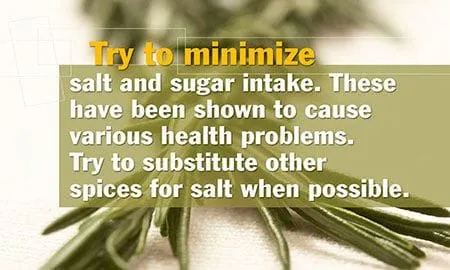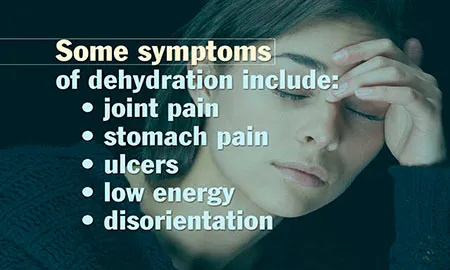Rosacea-Intestine Link
General History of Gastrointestinal Disease and Rosacea
The link between rosacea and the gut has been noted for many years. In 13th century England, Chaucer described obese men who liked their red wine too much and had red, flushed complexions. We now know that obesity is associated with methane producing intestinal bacteria and also results in systemic inflammation which suggests a possible relationship. In 1817, the first dermatology textbook linked acne and rosacea to dyspepsia (indigestion) and constipation. Dyspepsia was once again discussed in an 1895 textbook as an associated condition with rosacea. Additional gastrointestinal diseases and conditions were reported to be factors in rosacea from 1926 to 1989: food intolerance/allergies, achlorhydria (loss of acid production), gastritis (irritation of the stomach lining), celiac disease, nonspecific inflammatory jejunal lining disorders, chronic pancreatitis, and ulcerative colitis. A number of articles were published in the 1990’s about the stomach bacteria Helicobacter pylori, though only one strain usually found in Eastern Europe was clearly linked to rosacea. In 2000, Crohn’s disease was reported to occur with different forms of rosacea: drug-induced rosacea, papulopustular rosacea, rosacea fulminans, and granulomatous rosacea.
Rosacea, Small Intestinal Bacterial Overgrowth, and Crohn’s Disease
The first report of the relationship between rosacea and an overgrowth of bacteria in the upper small intestine was published by the Genoa, Italy investigative group in 2008. This was a remarkable study that looked carefully at the incidence of small intestinal bacterial overgrowth (SIBO) in 113 consecutive patients attending their rosacea clinic. The researchers found that 47% of the patients had a positive lactulose breath test, which reflects the presence of SIBO. When the researchers gave their patients the antibiotic rifaximin for 10 days, they observed dramatic results in these patients, who had failed to respond to many other therapies. The patients with a negative breath test did not respond to the antibiotic.
This Italian study, along with Dr. Weinstock’s experience with other SIBO conditions, tweaked his interest in rosacea. Since 2005, Dr. Weinstock discovered that restless legs syndrome (RLS or , Willis- Ekbom Disease), interstitial cystitis, and type III chronic prostatitis were associated with SIBO. Also, the Crohn’s disease patients in his practice often had SIBO, systemic inflammation, and had a positive clinical response to antibiotic therapy. When his Crohn’s disease patients who also had rosacea were given rifaximin, their skin and gastrointestinal symptoms improved. After this, he began treating a general population of rosacea patients; first, those who came in for screening colonoscopy. During the physical examination prior to the screening procedure, he would identify the presence of rosacea. These patients were given the opportunity to participate in a study to determine the incidence of SIBO and the response to rifaximin therapy. The results from this positive clinical experience were published in 2013. Currently, we are investigating the effect of rifaximin in ocular rosacea and in papulopustular rosacea. These studies are exciting because we have seen good clinical responses in these two forms of rosacea. The percentage of all rosacea patients who have SIBO as the underlying cause remains unknown. The gut is the largest immune system in our body. From our experience, the connection between the gut and the skin is critical in many patients.
Rosacea Triggers
Non-specific Dietary Triggers
- Red wine
- Alcohol
- Beer
- Caffeine
- Hot beverages
- Sugars
- Lactose (dairy sugar)
- Spicy food
- Aged cheeses
- Yogurt
- Bacon
Specific Dietary Triggers
For those with small intestinal bacterial overgrowth (SIBO) please refer to a SIBO diet. The "Rosacea Diet" that has been promoted on the Internet is a low sugar diet. This actually makes sense if there is underlying SIBO.
Environmental Triggers
- Sun
- Wind
- Heat
- Cold
- Going from the cold to a warm room
Other Triggers
- Certain cosmetics
- Stress
- Obesity
- Niacin
- Microdermabrasion
- Chemical peels
- High dosages of isotretinoin
- Benzyl peroxide
- Steroids
General Skin Care
- Wash with a mild soap such as glycerin bar soap.
- Use moisturizers if your skin is dry - a mild one is Lubriderm - an alternative this is to use a sunscreen alone
- Sunscreen - this is important to use. Rosacea patients are sensitive to the sun. Photosensitivity is worsened by several triggers. These include but are not limited to perfume, deodorant soaps and various medications including antibiotics that are prescribed by physicians.
















































































